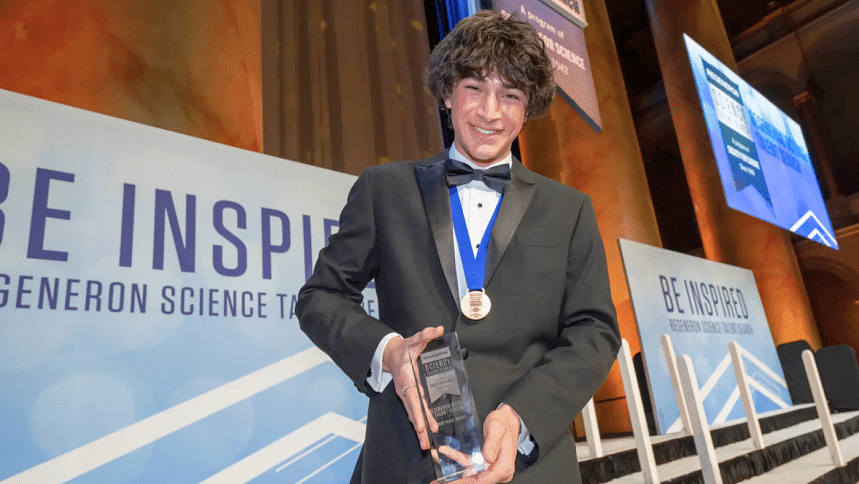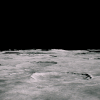High school student discovers 1.5 million cosmic objects using AI

A California high school student has made an extraordinary contribution to astronomy by developing an artificial intelligence (AI) system that uncovered 1.5 million previously unknown objects in space.
Seventeen-year-old Matteo Paz's work, conducted through Caltech's Planet Finder Academy, has now been published in 'The Astronomical Journal' – a remarkable achievement for a single-author paper by a teenage scientist. As per a report by US-based news platform Business Insider, this work also earned Paz $250,000, courtesy of the 2025 Regeneron Science Talent Search top prize, a US-based young scientist award.
The discovery stems from Paz's approach to analysing data from NASA's retired NEOWISE telescope, which scanned the skies for near-Earth asteroids and inadvertently recorded information about other cosmic phenomena. While professional astronomers had struggled to process the telescope's 200 billion data points manually, Paz created an AI model called VARnet that could rapidly identify variable objects – celestial bodies that change brightness over time, including distant quasars, exploding stars and binary star systems.
In an article on Phys.org, Paz's mentor, Caltech astronomer Davy Kirkpatrick, explained the significance, stating that the telescope collected this treasure trove of data over a decade, but scientists needed smart new methods to unlock its secrets. The teenager's solution combines advanced mathematics with machine learning techniques, processing each data point in under 53 microseconds. The system achieved 91% accuracy in classifying different types of variable objects, a result that stunned professional astronomers.
What makes Paz's achievement even more impressive is his unconventional path to discovery. Inspired by public astronomy lectures at Caltech during primary school, he developed his skills through Pasadena Unified School District's accelerated maths programme before creating his AI model during a six-week summer internship. "I never planned to search the data by hand," Paz stated in an interview. "The scale required an automated solution, and machine learning was perfect for finding patterns in such a massive dataset."
Now employed part-time by Caltech while completing his final year of secondary school, Paz continues refining his model with plans to publish a complete catalogue of discoveries in 2025. His work demonstrates how AI can revolutionise astronomy by processing vast datasets that would take human researchers lifetimes to analyse. The implications extend beyond astronomy – Paz suggests similar AI techniques could analyse stock market trends, climate patterns or any time-based data.
For the young scientist who once gazed at stars through campus telescopes, the discovery represents both a personal milestone and a new frontier in computational astronomy. "This shows what's possible when you combine curiosity with technology," said Kirkpatrick. He explained that Matthew didn't just find stars – he's helping redefine how we explore the universe.

 For all latest news, follow The Daily Star's Google News channel.
For all latest news, follow The Daily Star's Google News channel. 








Comments